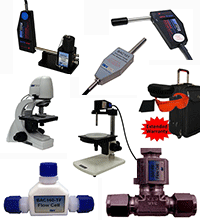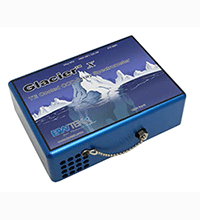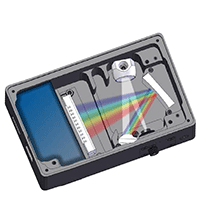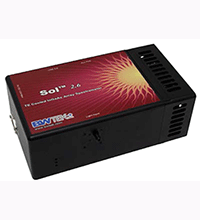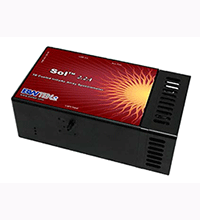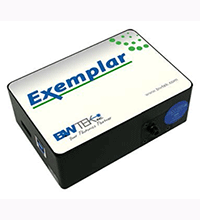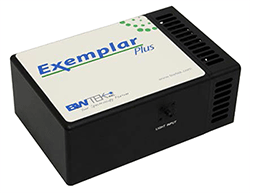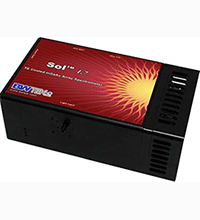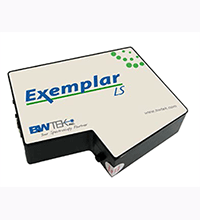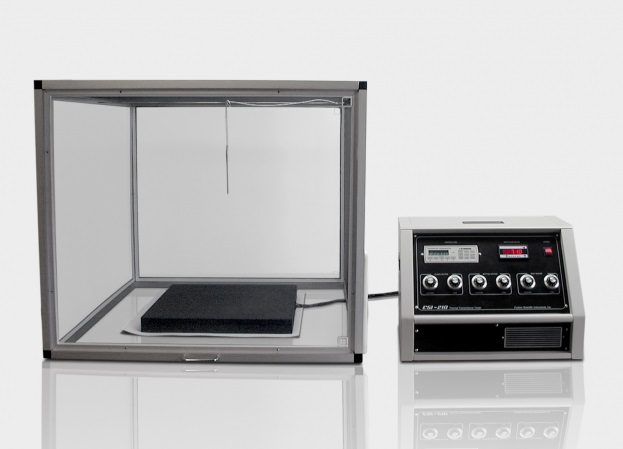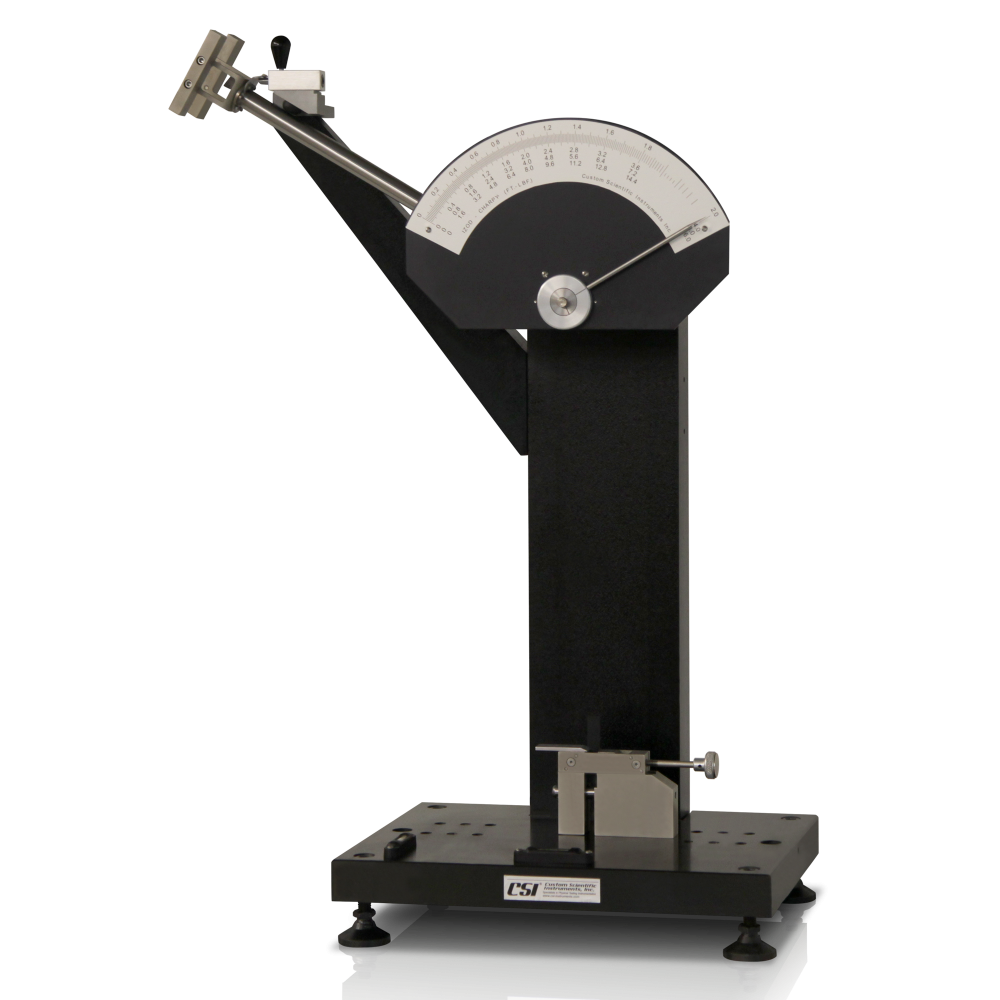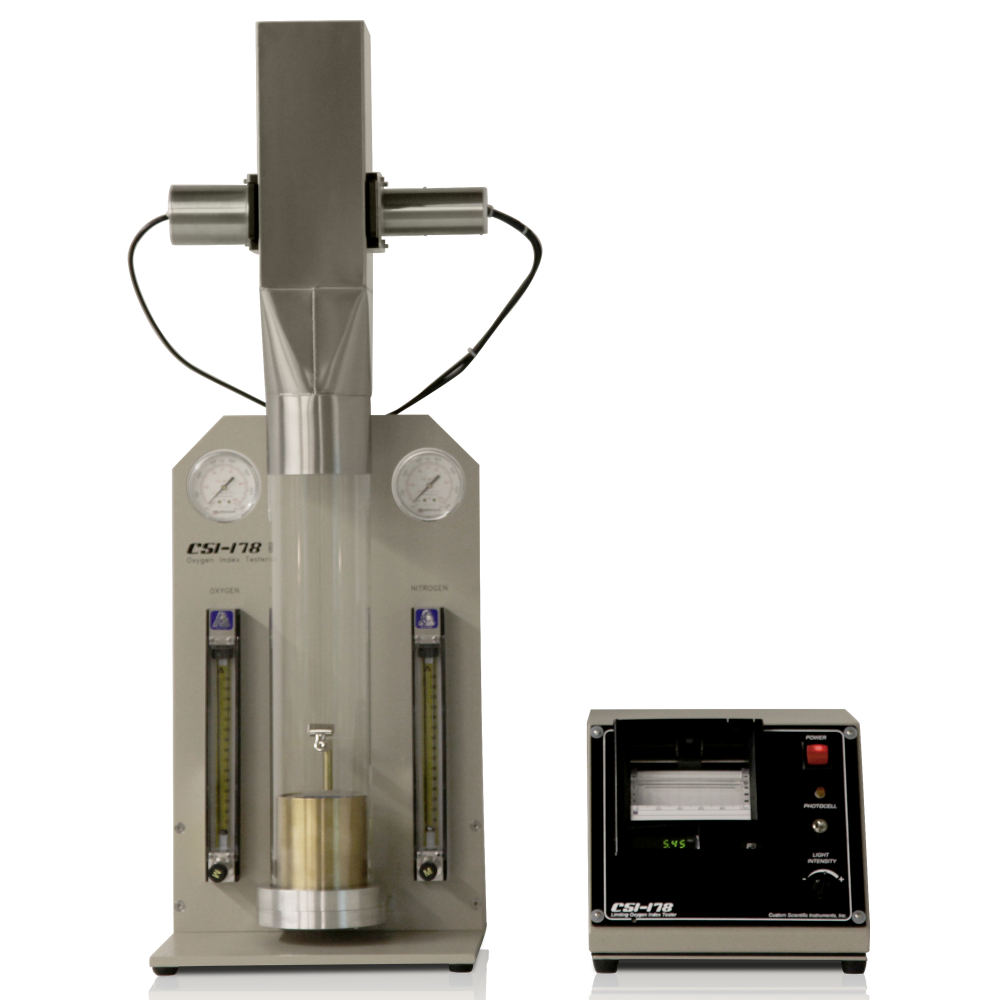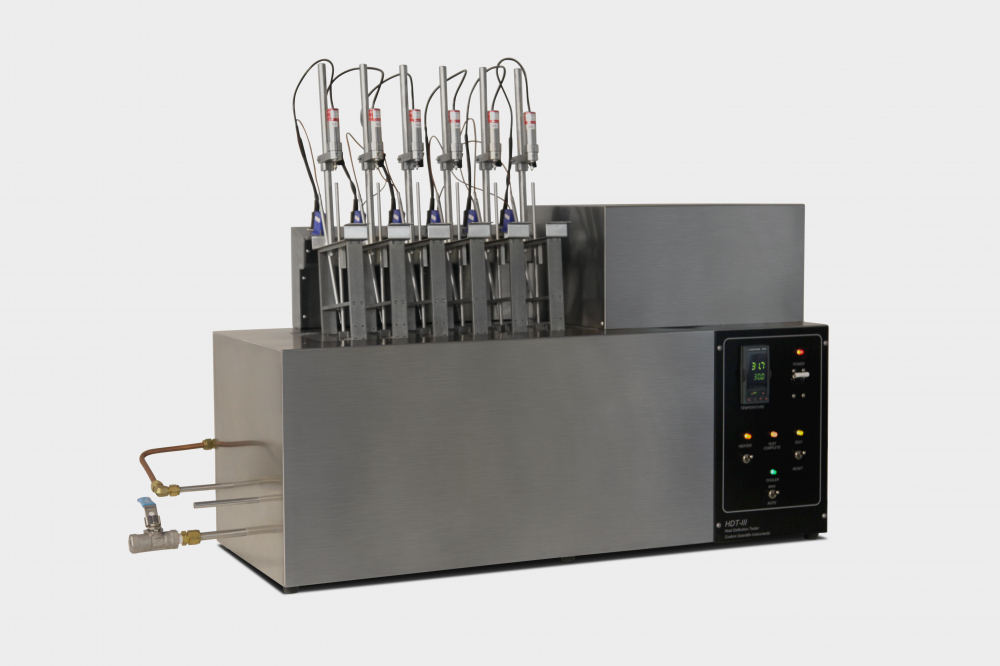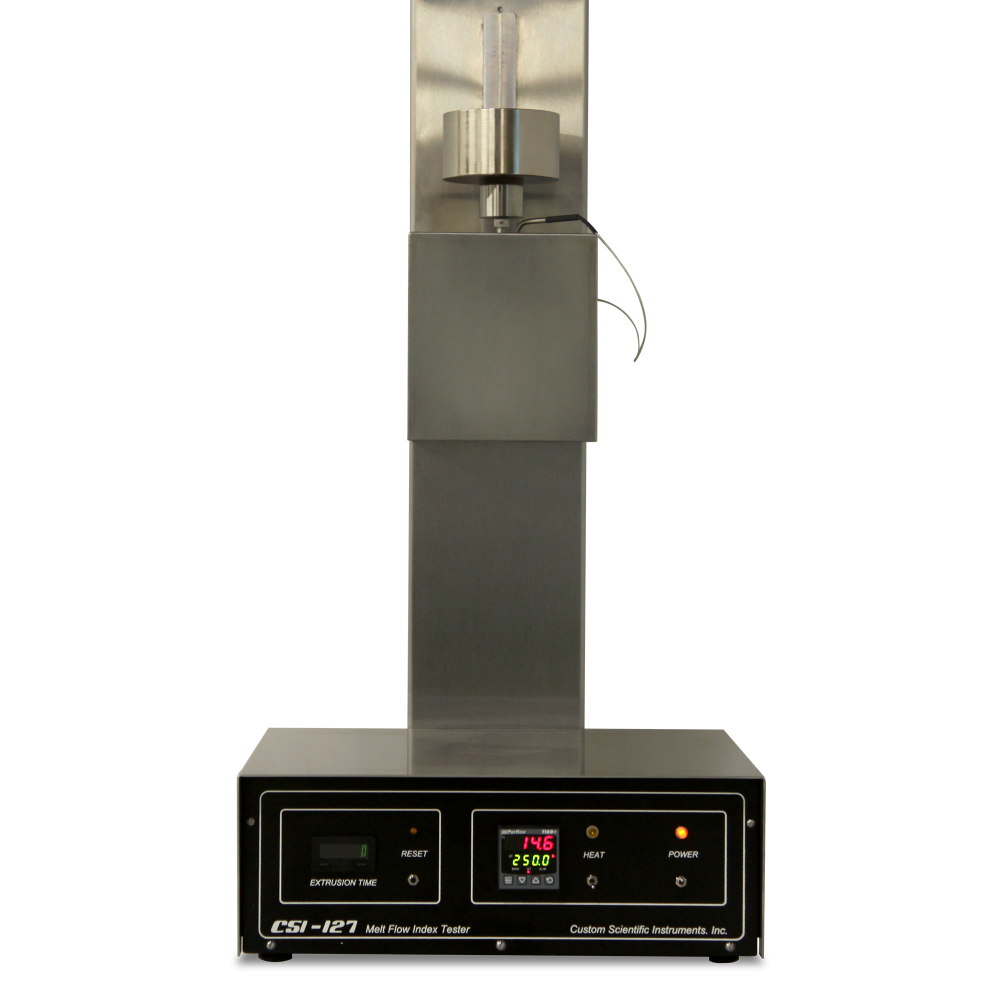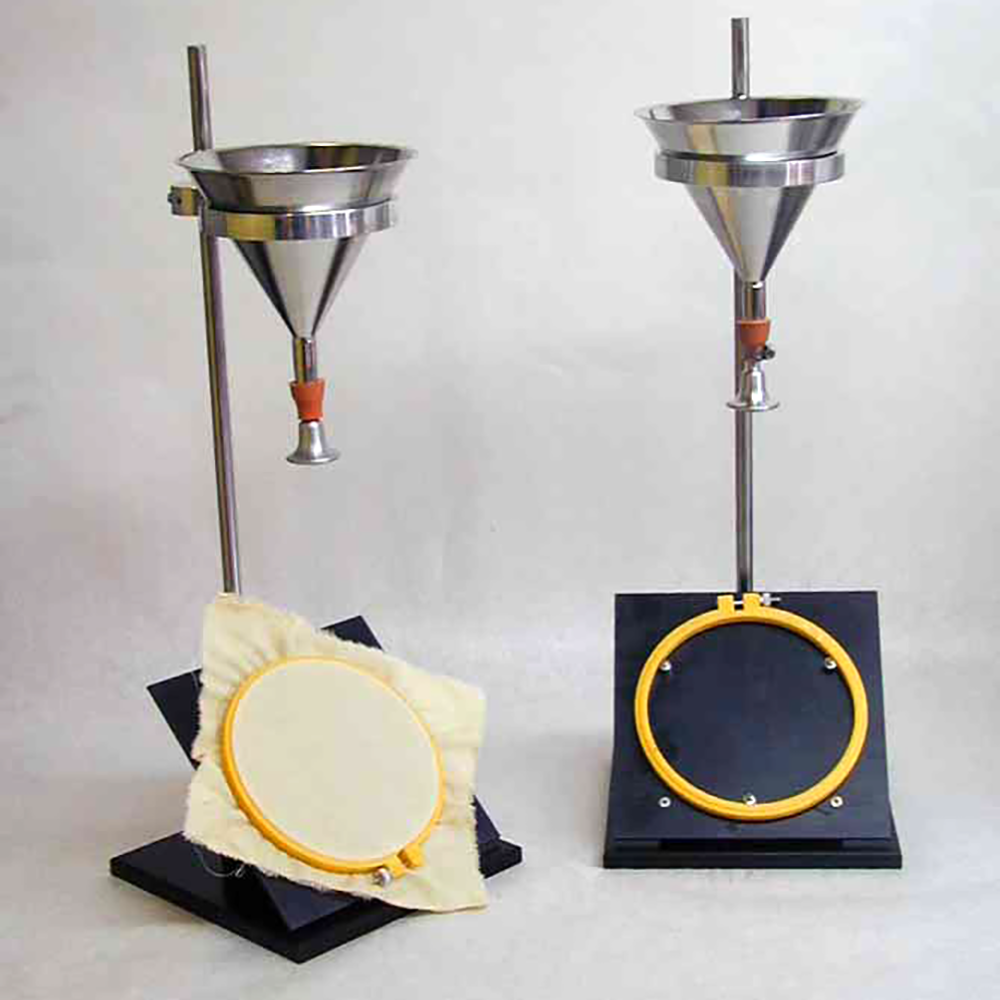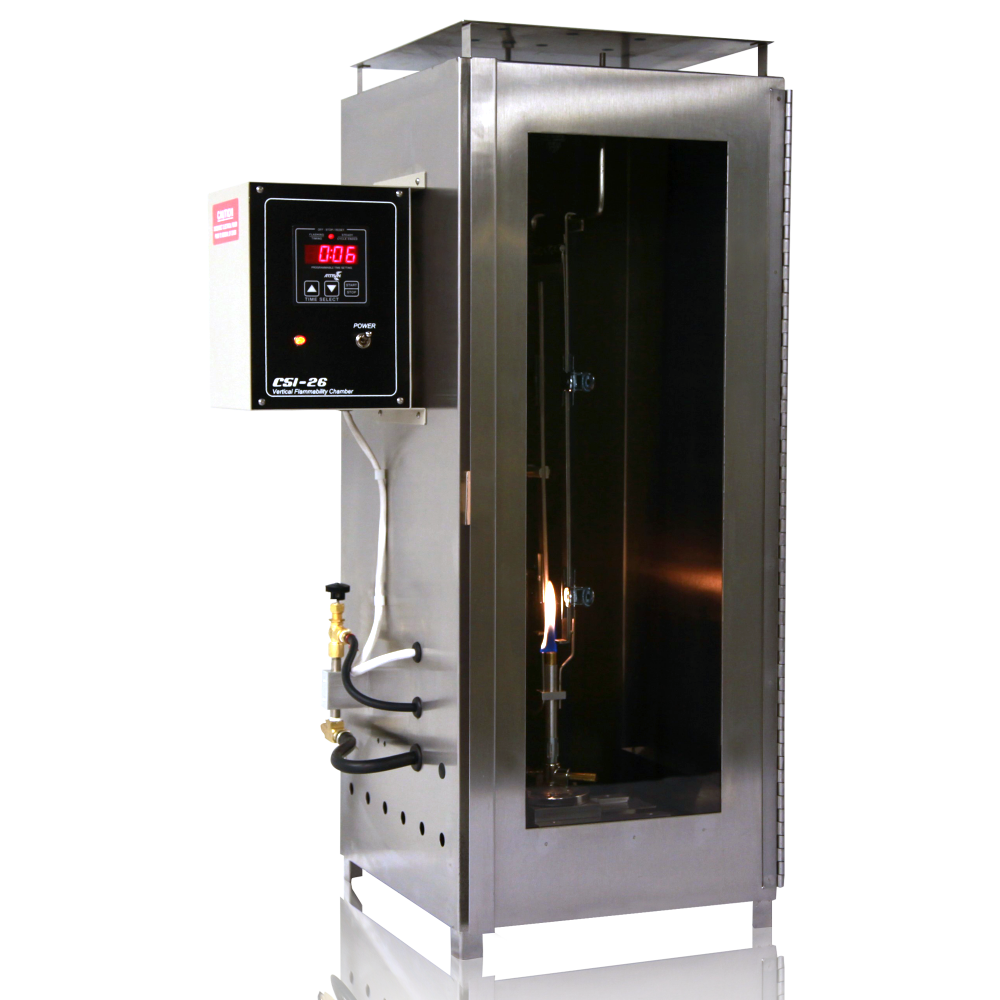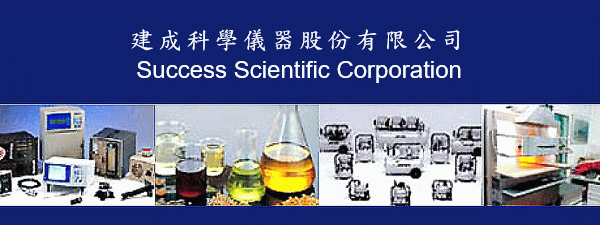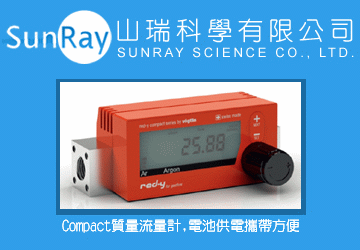光纖束拉曼探頭 Fiber Optic Probes 光纖束拉曼探頭
光纖束拉曼探頭
Fiber Optic Probes 光纖束拉曼探頭
Fiber Optic Probes
廠牌:B&W Tek 必達泰克
供應商:敦亞有限公司
聯絡電話:02-8646-4129
| 快速詢價 |
|
Fiber Optic Probes 光纖束拉曼探頭 |
|||
|
Overview
Now that we understand the basics of fiber optic cables and bundles and how they can be used to collect and direct light, we will explore how fiber optics can be packaged and combined with different opto-mechanical components to construct fiber optic probes. Fiber optic probes are the ideal solution for analyzing large or awkwardly shaped samples, monitoring real-time kinetic reactions, sampling in vivo, and any other application where it is diffi to bring the sample to the spectrometer. The flexibility and user-friendliness of fiber optic probes has made them one of the most widespread tools in modern spectroscopy. In this section, we will briefly discuss four of the most common fiber optic probes: reflectance probes, dark-field reflection probes, transflectance dip probes, and Raman probes.
|
 |
||
|
Reflectance Probes
The most basic fiber optic probe is a reflectance probe, which in its simplest form consists of a bifurcated fiber where the distal (bundled) end is placed in a metal sheath instead of a SMA connector, as shown in figure 8-1. This setup allows for one of the bifurcated ends to be connected to a light source, such as a fiber coupled tungsten halogen lamp, while the other is connected to a spectrometer. In this setup, the light from the lamp will travel through the 1st bifurcated end to the distal end of the probe and reflect off of the sample. The reflected light from the sample will then travel from the distal end to the 2nd bifurcated end and into the spectrometer for analysis.
|
|||
|
Figure 8-1 Fiber Optic Reflectance Probe |
|||
| It is important to note that before reflection data can be collected by the spectrometer, the system must be calibrated by taking a reference scan. This reference scan is taken by placing a white light reflectance standard, such as PTFE, at the same geometry from the probe as will be used in the actual measurement. This will allow the spectrometer to measure the ratio between a“perfect”white light reflector and the sample of interest in order to determine which wavelengths of light are reflected and which are absorbed. | |||
| When measuring reflection, there are two standard geometries that are employed: 0o and 45o normal to the sample. When measuring at 0o, the probe will pick up the specular (mirror like) component of the reflected light as well as the diffuse component, but when measuring at 45o, the majority of the specular light is not collected by the probe. This is an important consideration for applications such as colorimetry and NIR spectroscopy, where the specular component can distort the spectrum and skew the results. | |||
| A slightly more complex approach to the design of reflectance probes is to employ a round-to-slit fiber optic bundle. As described in the previous section, this is one common approach to overcoming the issue of weak photon energy in the NIR. In many reflection probes designed to work in the NIR, this method is applied by stacking 6 fibers on the bifurcated end attached to the spectrometer and employing a 6-around-1 configuration on the distal end. The 6 outer fibers are going to the slit configuration on the spectrometer and the center fiber connects to the light source in the other bifurcated end, as shown in figure 8-2 below. | |||
|
|
|||
| Reflectance probes can also be scaled up to trifurcated and quadfurcated designs in order to increase the spectral range over which the reflection data is collected. | |||
| Dark Field Reflectance Probes
Specular reflection does not contain any useful information for NIR spectroscopy, but it can typically be removed by measuring the sample at a 45o angle. However, if the sample cannot be measured at a 45o angle, such as when working in a field or production setting, dark-field illumination (a method borrowed from microscopy) can be used. The dark-field probe works by illuminating the sample with an annulus of 7 fibers. The diffusely reflected light is then collected by a bundle of 7 fibers in the center of the probe which directs the light to the spectrometer in a slit configuration, as shown in figure 8-3 below. The specular components of the light are further reduced by the use of a lens at the distal end of the probe to redirect the light away from the center fiber bundle. |
|||
|
|
|||
| Transflectance Dip Probes
While reflection probes can be used to measure liquids, they are primarily designed for the measurement of solids. When measuring liquid samples, a dip probe is generally the probe of choice since it can be submerged into the sample, allowing for kinetic data to be collected. The design of a fiber dip probe is very similar to that of a reflection probe, though special effort is taken to guarantee that it is liquid tight and inert. The key functional difference is the presence of a cavity which, when immersed, fills with the liquid sample. This cavity contains an optically transparent window placed at the distal end of the fiber and a small mirror placed at the bottom of the cavity to reflect the transmitted light back through the sample and into the collection fiber as shown below in figure 8-4. This setup is commonly referred to as a transflectance, due to the fact that this method combines transmission and reflection, doubling the optical path length. |
|||
|
|||
Raman ProbesThe last probe that we will discuss in this section is called a Raman probe, which is used to measure the inelastic scattering of light off of a sample. Raman scattering is a nonlinear effect resulting in the shift in wavelength from a known monochromatic source. This shift is equal to the vibrational frequency of the molecular bonds in the material. As a result, a Raman probe must be capable of directing and focusing the monochromatic excitation source (typically a laser) to the sample, collecting the scattered light and then directing it to the spectrometer. Figure 8-5 shows a typical design for a Raman probe. |
|||
|
Figure 8-5 Typical Design of a Raman Probe |
|||
| Since a pure signal is extremely important to Raman spectroscopy, a narrow band-pass filter is placed in the optical path of the excitation source before it reaches the sample. It is also important to note that since the Raman effect is extremely weak, the signal must be collected at a 0o angle normal to the sample. As discussed earlier, this causes interference from specular reflections, which in this case is referred to as Rayleigh scattering. Therefore, it is essential to filter the collected signal through the use of a long pass filter before it is directed to the spectrometer.
The Raman probe is a perfect example of how fiber optics can be combined with other optical components to enable simple and flexible measurement of even the most complicated spectroscopy. |
|||









